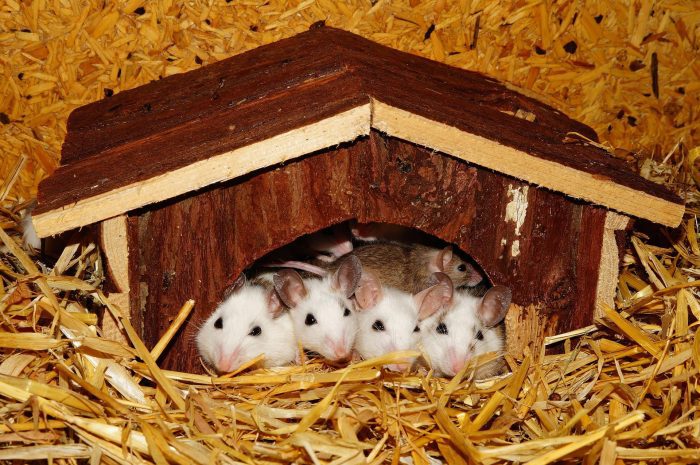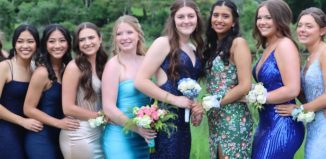D. None of the Above: The complexities of plural nouns and words for animal groups
By Daniel Dunaief

The English language makes no sense. As soon as you create a rule, exceptions crop up like mushrooms colonizing an open field.
Let’s start with the plural form of nouns.
“Add an ‘s’ and be done with it,” you might say. While that’s a simple solution, the language laughs in the face of such elegant simplicity.
Take the words “chief” and “thief.” Chief” becomes “chiefs” easily enough, as Kansas City football fans will readily tell you.
But then thief changes everything. The plural becomes “thieves,” as if someone robbed the word of its “f” and replaced it with something that sounds more vile and villainous.
The plural for hoof, as in the bottom of a horse’s foot, is hooves, but the acceptable plural for roof, which also only has one different letter way at the start of the word, is roofs. Yes, I know people say “rooves,” but that doesn’t make it accurate.
A root at the bottom of the tree that draws nutrients from the ground becomes roots. A single owl calling to another across the treetops utters a hoot. Several owls responding reply in hoots. So far, so good.
But then, what’s wrong with those things that are important for walking and that smell up a room when they sweat too much? How is it that foot, which also only differs in the initial letter, becomes feet?
Then there are the plural forms of animals. A mouse hunting for food with his rodent pals becomes mice, while a moose eating in a field with his family becomes, well, moose.
The moose, however, hasn’t cornered the market on words that describe an individual and a group. Deer, sheep, salmon and trout also don’t budge when switching from one to several.
And why are the words for a group of animals different? Couldn’t they all be packs, herds, groups or schools?
Wolves banding together to hunt, live and howl form a pack. A family of giraffes is, fittingly, called a tower. That seems appropriate for animals that are born 6 feet tall.
But what about a collection of bears? They’re a sleuth, while a group of bats is a cloud.
One goose pooping on a field is inconvenient and messy, but is still a goose. Two of them are geese. A group of them walking on the ground is a gaggle, while those same birds in flight become a skein.
People often describe the challenge of bringing people together as akin to herding cats. While the verb is accurate, the name for a group of cats is not: they are a clutter, a glaring or a pounce, although numerous other words also describe a cat confab.
Now, more than one dolphin, those adorable marine mammals that make cool clicking sounds and perform at aquariums, becomes a school, which is also true of more than one fish, even though other marine mammals, such as walruses become herds or pods
When several ducks get together, they aren’t a flock, despite the fact that they are birds. They are a raft, perhaps reflecting the fact that they look like independent floats sitting on the water. Sea lions also become rafts when they’re together in the water.
Returning to those hooting owls, they become a parliament. Sure, that makes sense.
A group of hippos is called a bloat. While hippos average 3,310 pounds as an adult, the same word doesn’t apply to the larger elephant, which is part of a herd.
A number of crows is a murder, reflecting, perhaps, their ominous role in literature.
Penguins may take the word group crown, having a wide array of terms for them when they get together. A group is called a colony, rookery or huddles. It doesn’t end there. Swimming penguins, like ducks, are a raft. More likely than not, you might guess the name for walking penguins: they are a waddle.







